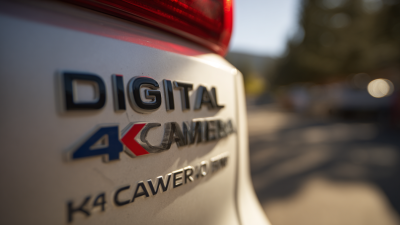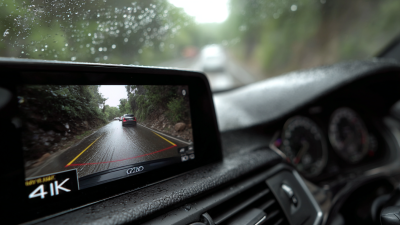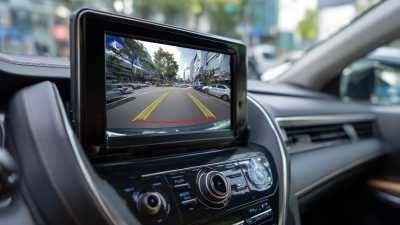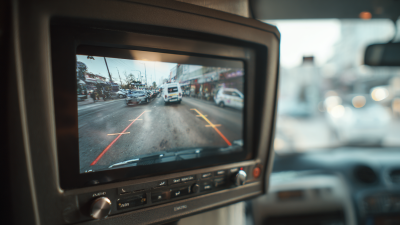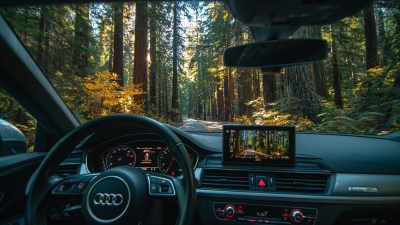In the ever-evolving landscape of automotive safety technology, the Digital Backup Camera has emerged as a crucial component for enhancing driver awareness and reducing accidents. According to a report by the National Highway Traffic Safety Administration (NHTSA), over 200 fatalities annually are linked to backover incidents, highlighting the urgent need for effective backup solutions. As of 2018, new regulations mandated that all vehicles under 10,000 pounds be equipped with rear visibility technology, driving growth in the digital camera market. With projections indicating a compound annual growth rate of 14.3% in the automotive camera segment, choosing the perfect digital backup camera has never been more vital for vehicle owners. This guide aims to assist consumers in navigating the wide array of options available, ensuring they make informed decisions that prioritize both safety and convenience.
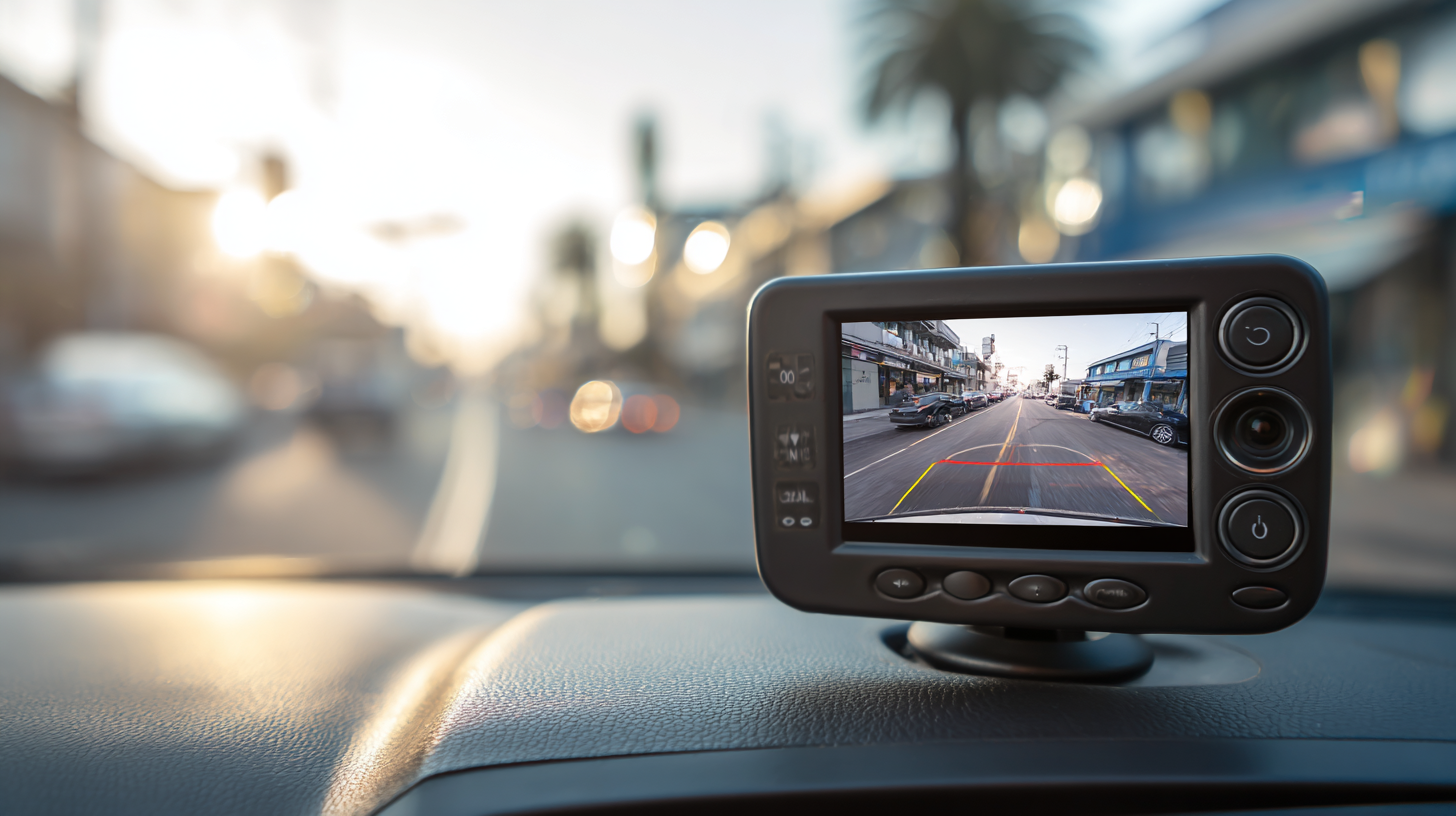
In recent years, the importance of digital backup cameras in enhancing vehicle safety has become increasingly evident. These innovative devices provide drivers with a clear view of what lies behind them, significantly reducing blind spots and improving overall awareness. According to market analysis, the automotive backup camera market was valued at USD 639.5 million in 2023, with projections indicating a robust growth rate of 18.1% CAGR from 2024 to 2030. This surge demonstrates a growing recognition among consumers and manufacturers alike of the critical role backup cameras play in vehicle safety.
Moreover, regulatory advancements have bolstered the adoption of these systems. The Federal Motor Carrier Safety Administration has extended waivers that allow trucks to utilize camera systems in lieu of conventional mirrors, highlighting a shift toward more technologically advanced safety solutions. As vehicles incorporate these sophisticated safety features, buyers increasingly prioritize these technologies. In fact, the enhanced visibility and situational awareness provided by digital backup cameras serve as essential components in modern vehicle design, ultimately saving lives and preventing accidents on the road.
When it comes to selecting the right digital backup camera for your vehicle, it's essential to understand the various types available on the market. There are several categories of backup cameras, each designed to cater to different vehicle models and user preferences. The most common types include wired cameras, which offer reliable video feed through a direct connection to the display unit; wireless models that ease installation; and integrated systems that come built into the vehicle. Knowing the type that fits your needs will greatly simplify the selection process.
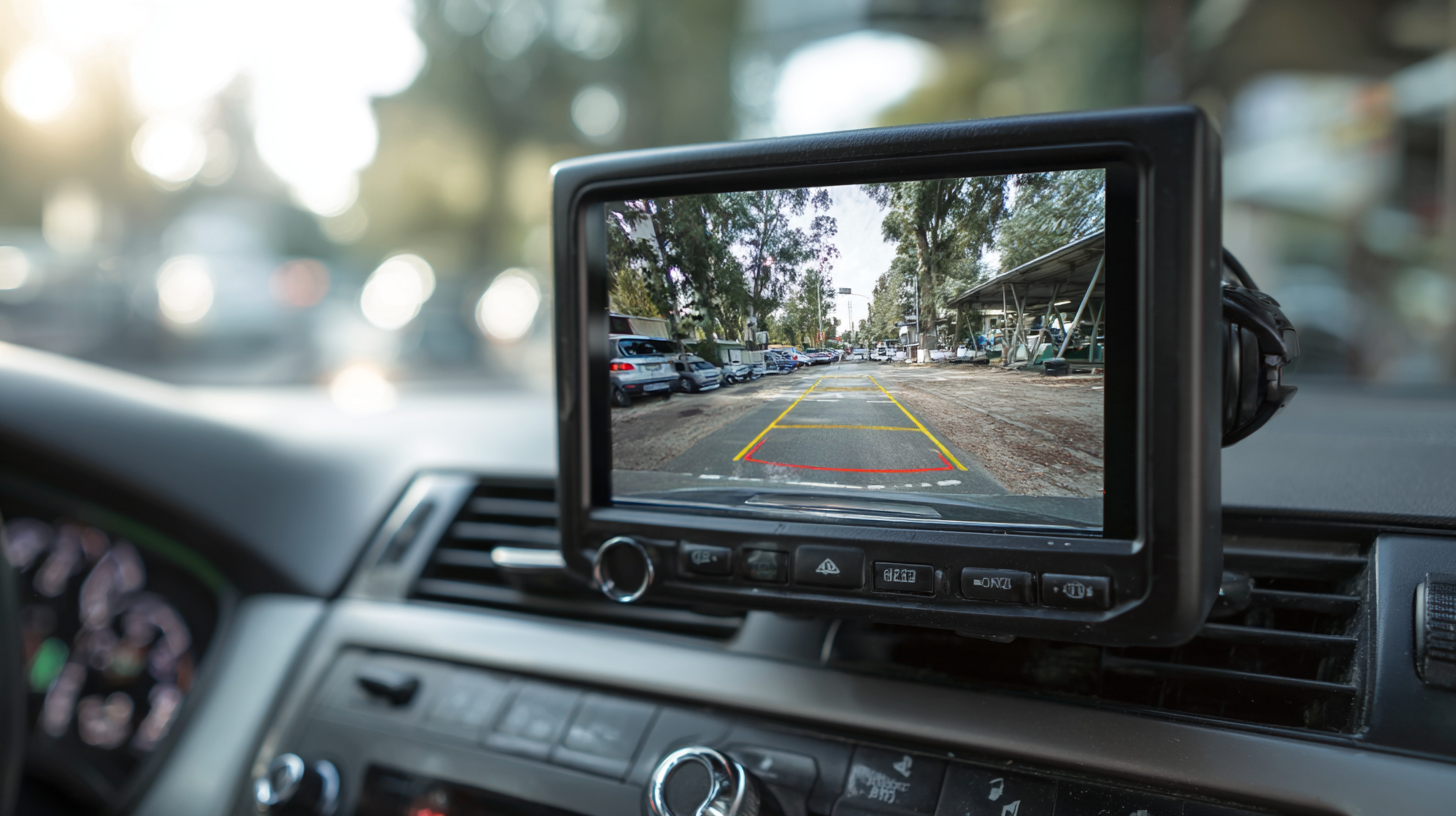
Additionally, features like resolution, night vision capability, and viewing angle are crucial factors to consider. For instance, high-definition cameras can provide clearer images, especially when reversing in low light. Models with a wide viewing angle allow for better visibility of blind spots, enhancing safety while maneuvering. Some advanced systems even come with additional functionalities such as parking guidelines, which assist drivers in navigating tighter spaces. By familiarizing yourself with these different camera types and their features, you can make a more informed choice that suits your driving habits and enhances your vehicle's safety.
When selecting a digital backup camera for your vehicle, it’s crucial to consider several key features that ensure safety and usability. According to a report by the Insurance Institute for Highway Safety, nearly 1 in 4 crashes involve a backing-up vehicle, underscoring the importance of a reliable backup camera. Therefore, resolution is a critical aspect; high-definition cameras with at least 720p resolution provide clearer images, allowing drivers to spot potential hazards more easily.
Field of view is another vital feature to evaluate. A camera with a viewing angle of at least 120 degrees can significantly reduce blind spots, giving drivers greater awareness of their surroundings. Additionally, many modern vehicles are equipped with cameras that offer dynamic guidelines, enhancing parking accuracy by visualizing the vehicle’s path.
Data from the National Highway Traffic Safety Administration indicates that vehicles fitted with such advanced backup camera systems have seen a 45% reduction in backing-related accidents. By focusing on these features, vehicle owners can enhance their driving safety and make informed decisions when choosing the perfect digital backup camera.
The adoption of vehicle backup cameras has been on a remarkable rise, driven by advancements in smart hardware and increasing safety awareness among consumers. As reported in recent market analyses, China's vehicle camera sector is witnessing a significant growth trajectory, fueled by the rapid development of intelligent driving technologies and the integration of multi-sensor fusion systems. With the average number of cameras per vehicle expected to increase significantly by 2023, this trend highlights a shift toward enhanced vehicular safety and automated driving capabilities.
Consumers are increasingly embracing the convenience and safety benefits of backup cameras, which are now being recognized as essential features rather than optional extras. Innovations in technology, such as the integration of multi-cameras and AI-driven image processing, are enhancing the effectiveness of these systems. The continuous growth of the automotive camera market, coupled with the proliferation of smart devices, demonstrates a clear correlation between consumer demand and technological advancement. As the industry evolves, vehicle backup cameras will undoubtedly play a crucial role in shaping the future of road safety and automated driving systems.
| Year | Units Sold (Millions) | Market Growth Rate (%) | Trends Observed |
|---|---|---|---|
| 2018 | 5.2 | 8.5 | Growing awareness of safety features |
| 2019 | 6.1 | 17.3 | Increased integration in new vehicle models |
| 2020 | 8.4 | 37.7 | Regulatory mandates for safety equipment |
| 2021 | 10.0 | 19.0 | Technological advancements and features |
| 2022 | 12.5 | 25.0 | Enhanced customer preference for safety |
| 2023 | 15.0 | 20.0 | Widespread adoption and technological integration |
When choosing the perfect digital backup camera for your vehicle in 2023, there are several top brands and models that stand out. Notably, brands like Garmin, Rostra, and Alpine are frequently recommended for their reliability and advanced features. Garmin, known for its innovative technology, offers models that fuse GPS navigation with backup camera functionalities, enhancing both safety and convenience. Rostra delivers exceptional image quality and easy integration with various vehicle makes, while Alpine provides comprehensive systems that cater to both audio and visual needs.
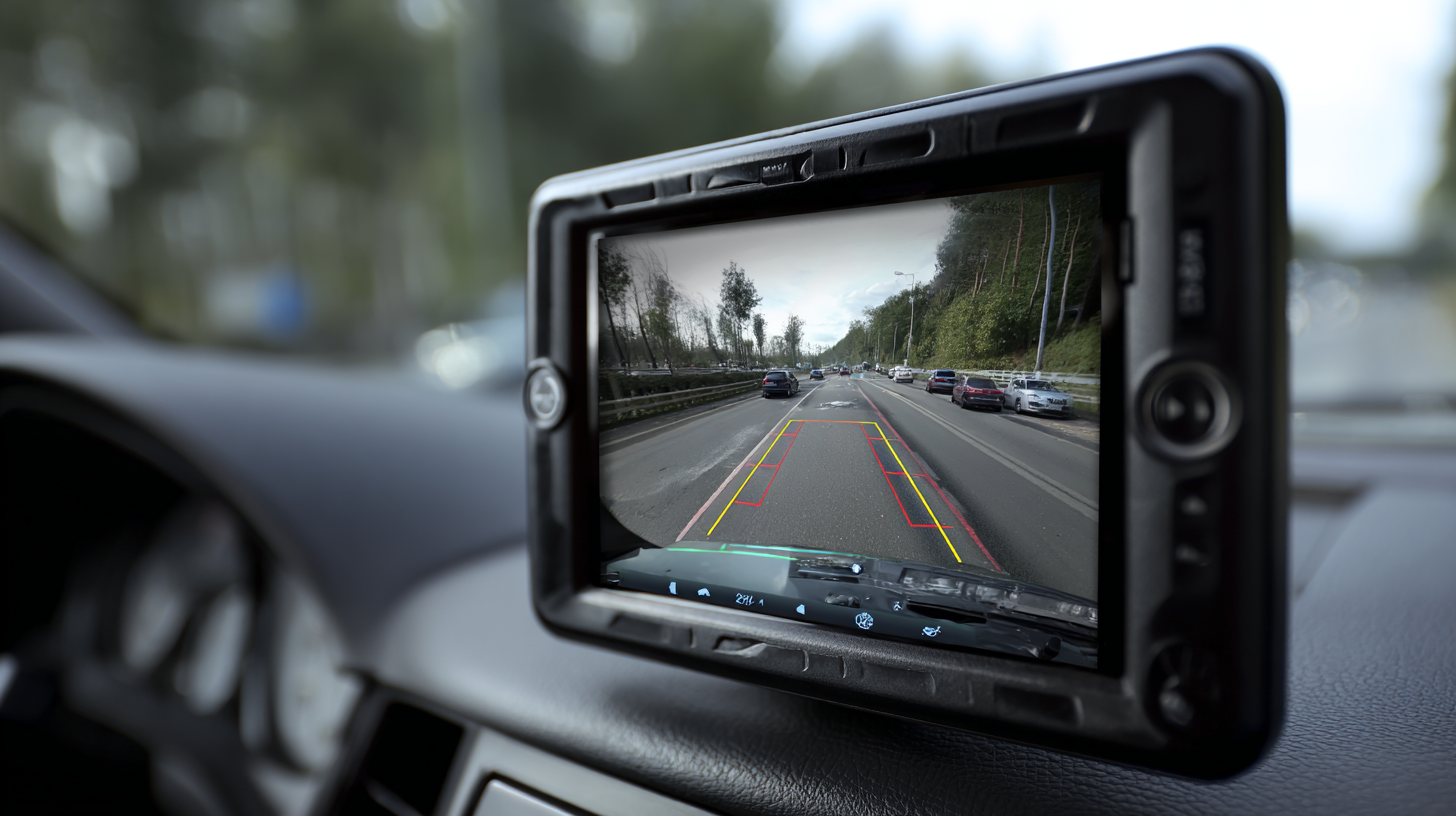
Tips for selecting the right backup camera include evaluating the camera's resolution; a higher resolution ensures clearer images, particularly when reversing. It's also essential to check the camera's field of view – a broader angle allows you to see more of your surroundings, minimizing blind spots. Furthermore, consider features such as low-light performance and weather resistance, which can significantly affect camera performance in different driving conditions. By focusing on these elements, you can find the perfect digital backup camera to meet your specific needs.
